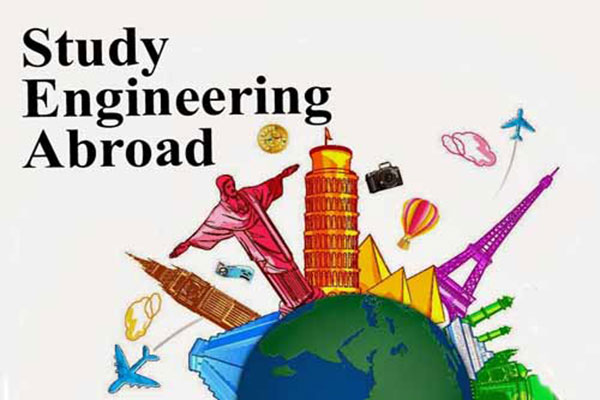Professor (Dr.) Patrick Phelan (professor of mechanical and aerospace engineering, and assistant dean of Graduate Programmes at Arizona State University’s Ira A. Fulton Schools of Engineering) talks about the need for innovation in higher education and benefits and challenges of pursuing an engineering degree abroad in an interview with EducationWorld.
1. How can universities promote innovation in learning and curriculum
Promoting innovation in learning and curriculum begins with implementing a university-wide culture of innovation. At Arizona State University, professors, staff and students have the freedom to bring ideas to the table and collaborate across disciplines on a wide range of challenges that include creating ways to make learning more accessible and streamlined.
One example is the Global Freshman Academy, an online platform that allows anyone with an internet connection, anywhere in the world, to take freshman-level ASU courses online. Participants in the Academy can take classes at no cost simply for the sake of learning, or, once completed, can receive course credit at a discounted rate.
2.What are some of the popular streams of study in science for Indian students?
The most popular area of study in the STEM fields at ASU is engineering. Within engineering, computer science, mechanical engineering, and electrical engineering are the most popular programmes. In the natural sciences, physics and biological sciences are the most popular.
3. What are the advantages that Indian students gain by studying abroad?
Studying abroad is a transformational experience for students within the international education realm. A student oftentimes is leaving their home country for the first time and moving to a country of which they most likely have never visited. This type of life decision builds a strong sense of independence within the student but also a sense of interdependence between cultures. Students often return to their home country with a new perspective on life and usually a newly found sense of purpose. During their time abroad, students go through many discovery periods to navigate their temporary home that challenges their comfort zone. Adaptability, problem-solving, communication, independence, empathy, cultural awareness, initiative, perseverance and maturity are just some of the common developments in students during and after their study abroad period.
4. What are key points that students must keep in mind while applying to STEM courses?
There are a few important things to keep in mind when researching and applying to STEM programmes. First, decide on the degree programme that fits your unique career goals. STEM-based industries are changing at a rapid pace, so rather than focusing on what jobs are hot today, center your decision on a career and discipline that you are passionate about and focus on what global challenges need to be solved and what programmes match that need. Also, research how a university can support your goals. programme rankings, prestigious faculty, research opportunities and leading-edge technology are important indicators of a quality STEM programme. Additionally, look for examples of professional development opportunities, mentoring opportunities and research apprenticeships available to students.
It goes without saying, but it is critical for students pursuing STEM majors to review all admissions requirements as most STEM programme have additional requirements beyond general university requirements.
5. What are some of the challenges that international students face, when studying abroad?
There are many challenges an international student faces when studying abroad. One of the first things that affects a students transition are the cultural differences. For example, students may have difficulty adjusting to the American way of life,” making friends with locals, communication or language barriers, American food and nutrition, and finding and creating a relationship with roommates. International students may also face social challenges like getting involved on campus or finding their community.
These students are also experiencing differences in the education system, like teaching styles, learning methods, online learning programmes like Blackboard, pragmatic learning instead of theoretical learning, group projects, grading standards, time management and academic integrity standards. Living in a foreign country can also cause homesickness Another important challenge to an international student studying abroad is money. Not only do international students pay higher tuition, but they also have other expenses that are unique to their situation like visa and support funds, housing or maybe getting a car (transportation).
6. Engineers are facing a crisis as they are unable to find good jobs in the market, while on the other hand, foreign universities are promoting engineering courses. Please shed some light on how this problem can be countered?
The future requires graduates who have the skillset to solve some of the worlds most demanding challenges. The changes taking place in our world and the solutions driving those changes are mainly technology-based. Therefore, global universities continue to promote engineering as a discipline that will drive innovation. Additionally, engineering graduates are finding jobs. For example, ASU graduates continue to find excellent employment opportunities, and nearly 90 percent of our graduates receive a job offer within the first 90 days of graduation.
Universities and industry must continue to forge strong partnerships to create pathways for students and graduates. Engineering students take advantage of research and internship opportunities. These practical experiences provide graduates with networks and experience applying their engineering education to their careers. This approach can help current engineering students find the meaningful work they are seeking. Industry partners should actively partner with universities to create these job preparation pathways for students.
